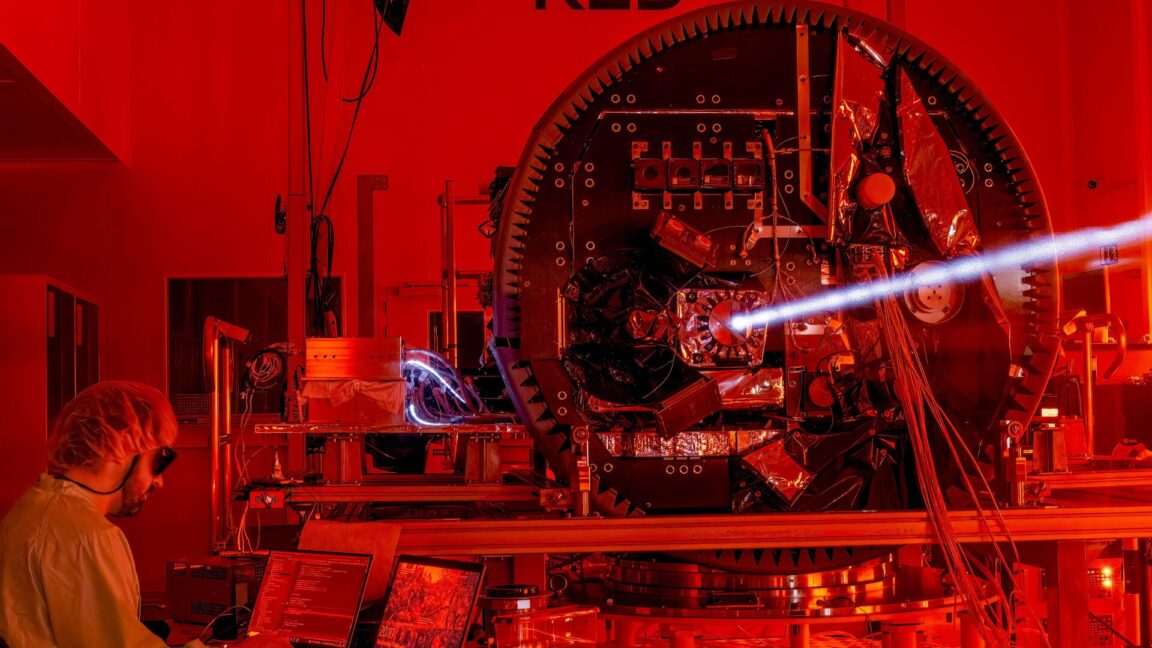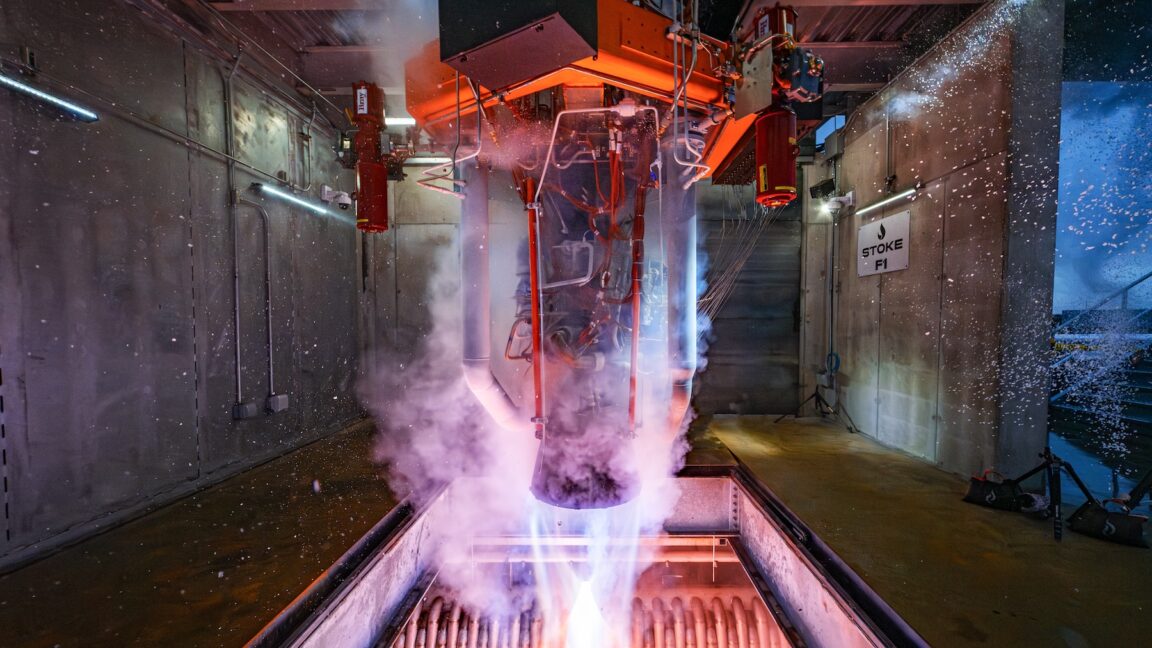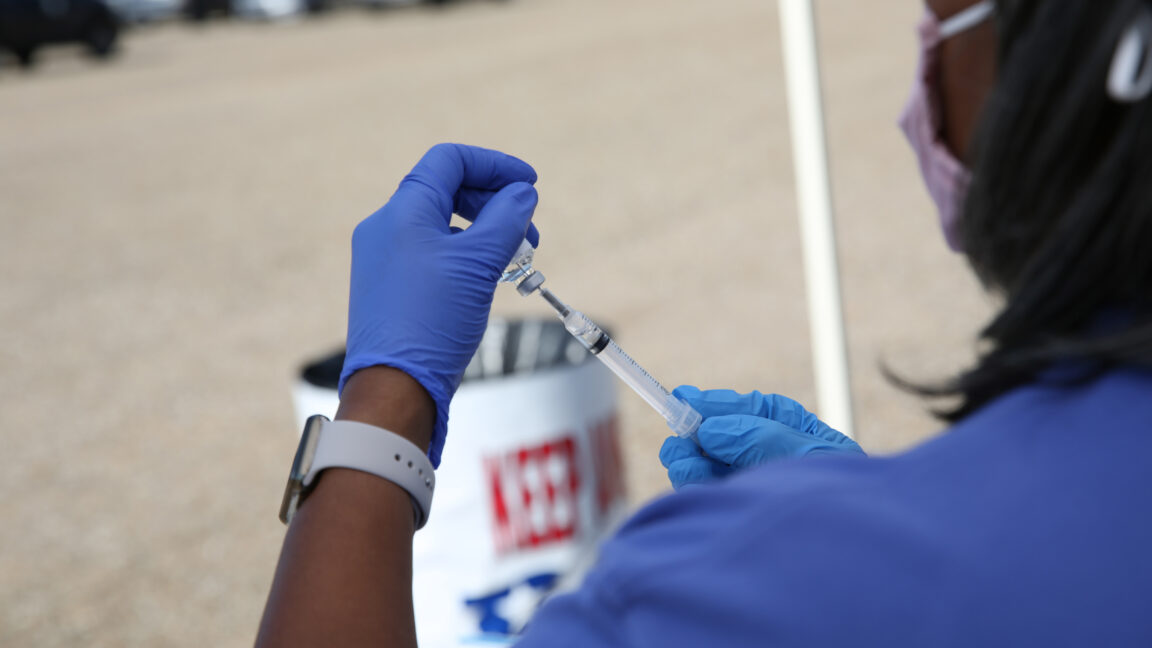Two European satellites launch on mission to blot out the Sun—for science

Two spacecraft developed by the European Space Agency launched on top of an Indian rocket Thursday, kicking off a mission to test novel formation flying technologies and observe a rarely seen slice of the Sun's ethereal corona.
ESA's Proba-3 mission is purely experimental. The satellites are loaded with sophisticated sensors and ranging instruments to allow the two spacecraft to orbit the Earth in lockstep with one another. Proba-3 will attempt to achieve millimeter-scale precision, several orders of magnitude better than the requirements for a spacecraft closing in for docking at the International Space Station.
"In a nutshell, it’s an experiment in space to demonstrate a new concept, a new technology that is technically challenging," said Damien Galano, Proba-3's project manager.
The two Proba-3 satellites launched from India at 5:34 am EST (10:34 UTC) Thursday, riding a Polar Satellite Launch Vehicle (PSLV). The PSLV released Proba-3 into a stretched-out orbit with a low point of approximately 356 miles (573 kilometers), a high point of 37,632 miles (60,563 kilometers), and an inclination of 59 degrees to the equator.









